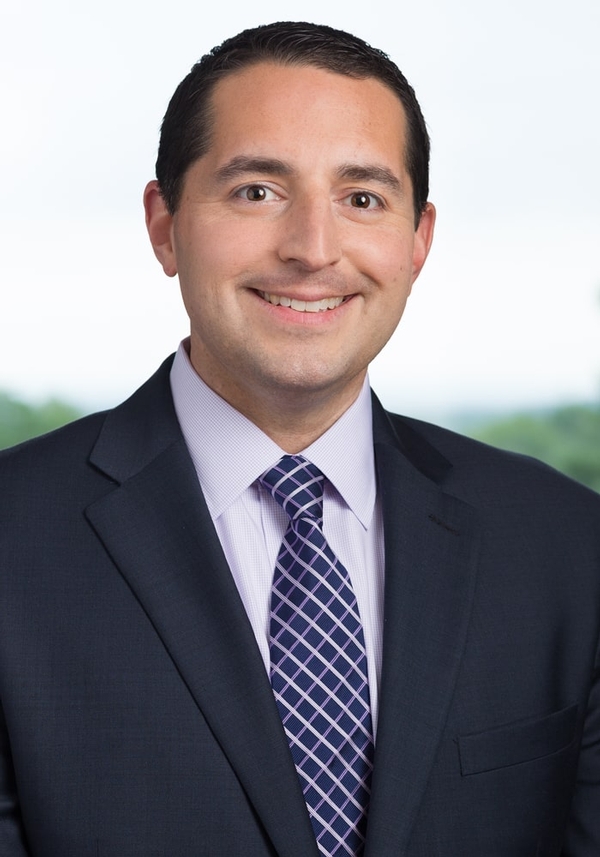Jul 1, 2020
Significant Changes on Healthcare Plans and Staff Contributions Coming for All School Districts
On July 1, 2020, Governor Murphy signed Senate Bill S2273 into law. The law implements sweeping modifications to the School Employees’ Health Benefits Program (“SEHBP”) by introducing new plan offerings and eliminating many of the current plan designs. The law also modifies the employee contribution rates for those who select the new plans and includes certain benefit plan requirements for new employees. Many of these requirements apply to all New Jersey school districts regardless of whether or not they are SEHBP members.
SEHBP Modifications – Under the law, only three plan offerings will initially be permitted under the SEHBP – NJ Direct 10 and NJ Direct 15, both of which are currently offered, as well as a new plan entitled the New Jersey Educators’ Health Plan (“EHP”). The EHP benefits are listed in the law and include, among other things, a $10 copay for primary care physician visits and a $15 specialist copay, with a $1,000 family plan in-network out-of-pocket maximum cost. Beginning in July, 2021, a fourth plan, the Garden State Health Plan, will also be introduced as an option under the SEHBP. The Garden State Health Plan has not been adopted yet and the level of benefits for that plan are currently unknown, but it will essentially be limited to an in-State network. All other SEHBP plans currently in existence will be eliminated.
S2273 also requires that for the plan year beginning on January 1, 2021, districts enrolled in the SEHBP conduct a special open enrollment period. During the open enrollment, current staff members may choose any of the three offered plans. Employees choosing to remain on the Direct 10 or Direct 15 plans will continue to contribute towards the cost of coverage at the rates set forth in Chapter 78 or, if applicable, any alternate rate set forth in the collective negotiations agreement covering the employees. The contribution rates for employees who select the new EHP will be based on a percentage of their then-current base salary, rather than on the cost of the plan itself. For example, an employee who earns $70,000 and selects an EHP family plan will pay 5.5% of his or her salary towards the cost of coverage, or $3,850, rather than the rate he or she is currently paying. The contribution rates under the Garden State plan, once it becomes available, are one-half the rates under the EHP, with a minimum contribution rate under either plan of 1.5% of salary. These rates are established by law and are applicable even if a higher employee contribution rate is established by the terms of a negotiated agreement.
During the open enrollment, if a current employee does not respond or affirmatively select the Direct 10 or Direct 15 plan, the employee will be automatically enrolled into the EHP until the next open enrollment period.
Non-SEHBP Employers - Non-SEHBP employers may still offer all of the health plans they currently offer. However, they must also conduct an open enrollment period, and create and offer a plan equivalent to the EHP to all staff members. If the staff member chooses to enroll in the EHP equivalent (or the Garden State Plan equivalent when offered), he or she is subject to the new contribution rates in the law. Otherwise, they may remain on their current plan and pay the Chapter 78 rate, or the negotiated rate. Employees must choose to remain on their current plan during open enrollment. If an employee does not make a choice, as with an SEHBP employee, they are enrolled into the EHP until the next plan year open enrollment period.
New Employees –New employees commencing employment on or after July 1, 2020 but prior to January 1, 2028 must be enrolled into the EHP (or equivalent) on the January 1, 2021 effective date for the new plan offerings. These new employees may only select enrollment into the EHP or, when available, the Garden State Plan, until the plan year beginning on January 1, 2028, at which time they and any other employee may select any of the available plan offerings. This applies to both SEHBP and non-SEHBP members.
Supposedly, the plan costs for the new EHP and Garden State Plan will be significantly lower than the current plan costs, resulting in savings for both districts and employees. However, the State has not released the premium costs for either plan, so the actual impact on each school district is unknown at this time. Districts with private insurance coverage also face uncertainty at this time about the ultimate premium cost for the new plans.
The changes mandated by S2273 are required notwithstanding the language of any negotiated agreement currently in effect regarding any health plan offerings or contribution rates. Accordingly, districts should expect a significant impact on negotiations and budgeting for health costs for the foreseeable future.
If you have any questions about the implementation or effect of S2273, or would like guidance on negotiations or open enrollment requirements that may arise, please contact the school law attorneys at Schenck, Price, Smith & King, LLP.
DISCLAIMER: This Alert is designed to keep you aware of recent developments in the law. It is not intended to be legal advice, which can only be given after the attorney understands the facts of a particular matter and the goals of the client.

